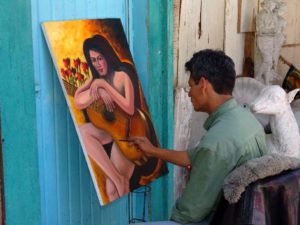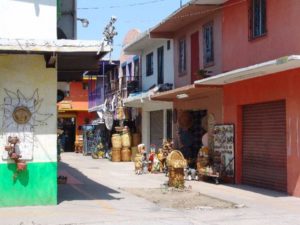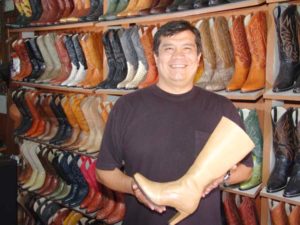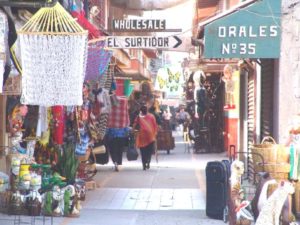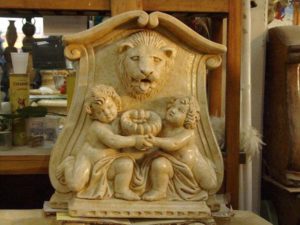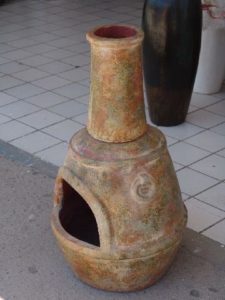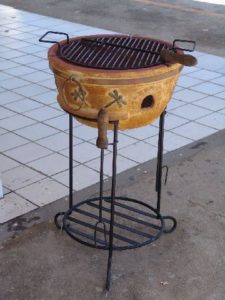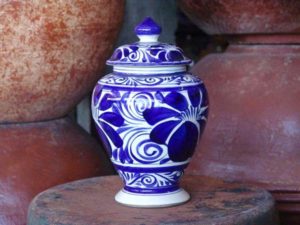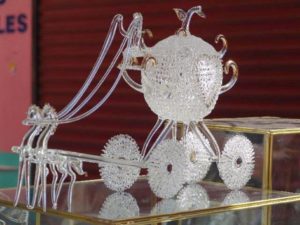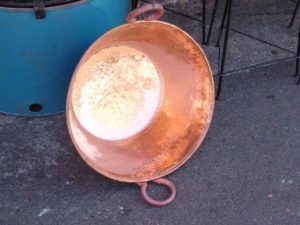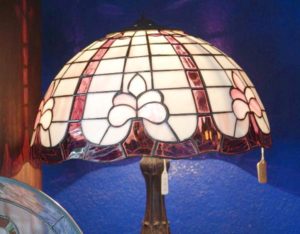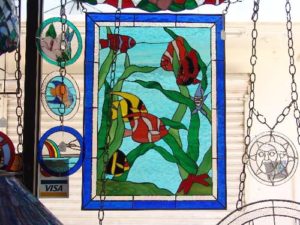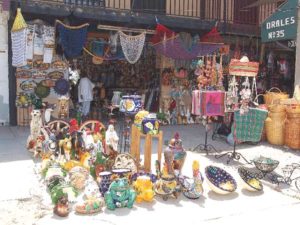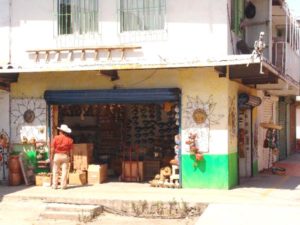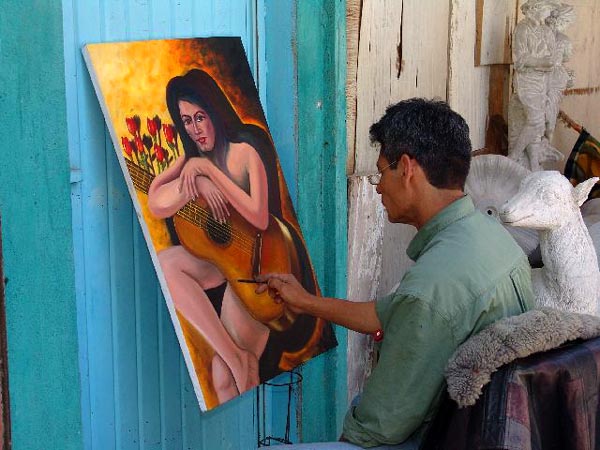Tijuana: A Taste of Mexico Part III:
Recently we have heard and read much of “outsourcing” in economic terms. And it’s true that by the large-scale outsourcing of services and manufacturing, we are incrementally destroying our own economy. But the key is the term “large-scale,” since only the larger losses truly affect a local economy.
I have for years “outsourced” some of my needs to Mexican craftspeople – especially tailors and bootmakers. I know that I should support local labor, and in many aspects of my life I spend extra money to shop at the local guy rather than the national “big-box store.” But the guy in my hometown who wants $60 for a set of boot-soles might not miss my battered old boots, while the man I pay in Mexico is living at what many of us might consider the poverty line.
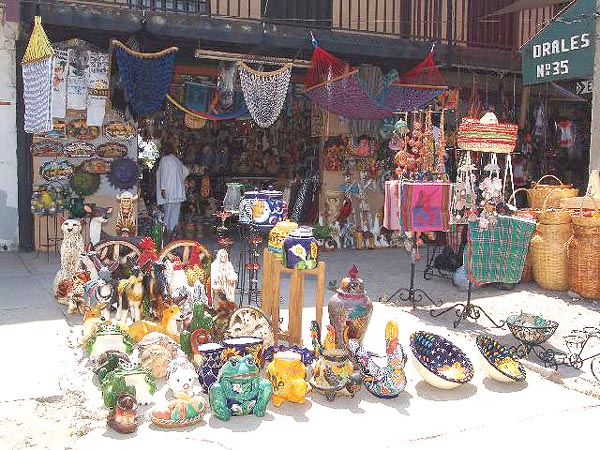
So I choose to “spend local” in Mexico a few times a year. I save a little money, and I’m helping a local economy that is in worse shape than the one in my own town. I don’t recommend this kind of outsourcing for business or industry – in fact I’m against it – but I think that on a personal level it’s not much of an ethical issue.
In the U.S., we live in a land of such plenty that we waste more than some other countries use – throwing away things that aren’t broken, simply because they’re “old” (if a year or two can truly age something like a chair, a stereo or a bike).
In China, people make a living by gathering scraps from factory waste bins and putting them together to create something new – tiny pieces of fabric, for instance, are sewn together to make insoles or soles for shoes, or padding for hat-brims. Small trims of wood (dunnage) are glued together to make inner frameworks for couches or tables. In the U.S., such things are thrown into landfills.
Mexico is a country rich in tradition, in land, in spirit – but it is not a rich country. Mexico is still a developing nation, and its people are in flux economically. I have been coming to Mexico since I was a boy, and the lesson of my life is that I am economically more fortunate than most of the people I pass on the street in Central or South America. I’m no better than they – in fact, maybe they are far happier than I am.
But I have the economic advantage of living in a rich country, so I learned to spread some of that economic good fortune around. And in so doing, I benefit as well (I can buy five handmade shirts in Mexico for the price of three here at home).
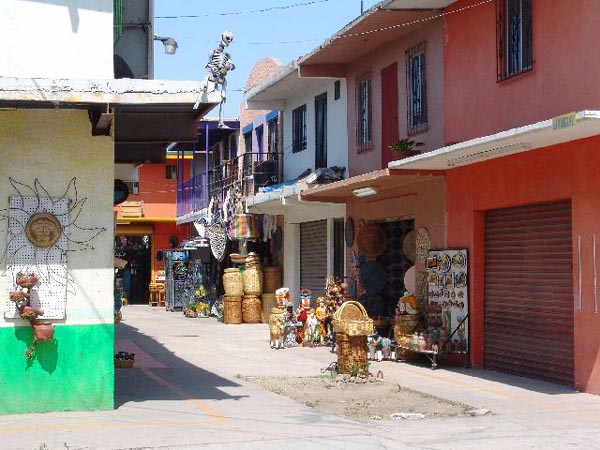
A wise Sufi teacher once said that if he can afford it, a man should pay someone to wash his clothes and cook for him. This is neither arrogance nor condescension, but the creation of a job for another person. By keeping his time free for what he does best, a person also becomes responsible for helping to support someone else. This is not charity – it’s taking an active part in the economics of life.
It never made sense to me to spend a lot of money going to another country, only to haggle over a few cents or dollars when shopping for things to take home. The economics of it just don’t make sense. Shopping abroad serves to support a foreign economy – one that is generally in need of those dollars to keep itself running. So if you find things you like in Mexico, I believe you should buy them and take them home.
All the souvenir shops are crammed with leather goods, hats, tee-shirts with funny and not-so-funny sayings, sandals ( huaraches), blankets ( mantas or colchas), paintings and knick-knacks of every imaginable description. Quite a bit of it is designed with the tipsy college-crowd in mind, and I’ve seen it all before. As noted, Avenida Revolucion is the central place for this kind of stuff, and you may want to see it just to say that you’ve seen it.
Other than buying “tourist gifts” for folks back home, there is some great shopping in Mexico. You can find all sorts of handmade and specialty items at reasonable prices.
One of the most accessible places to find great things is the big Mercado de Artesanias, in the north end of Zona Centro, on the north side of Calle Secunda between Ocampo and Negrete. This used to be a sprawling maze of narrow alleys with stalls set behind roll-up steel doors. In this mercado you could find boots, lamps, nudie playing cards, knives of every description, black-velvet paintings, statuary and just about anything you could think of. When I was a kid, the handicrafts from Mexico all had a consistent look and feel – hand-made ” rustico” items in leather, wood, stone, metal or blown glass.
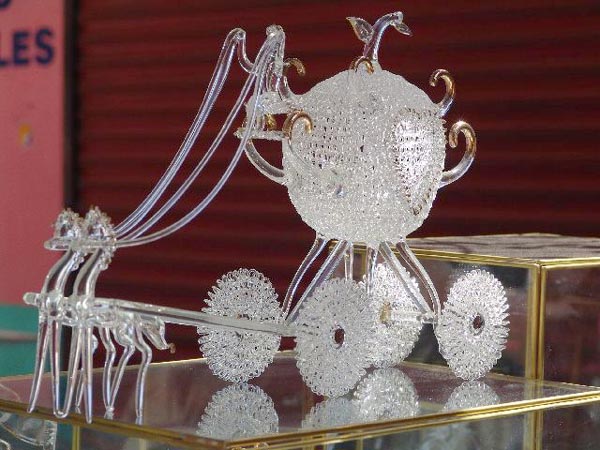
Then something interesting happened. Crafts fairs in the U.S. started showing all kinds of interesting pieces that had been hybridised with some kind of art – raku ceramic, Tiffany-type stained glass, carved wood. Shortly after this wave of innovative crafts artworks, Mexican artisans began to sell those very kinds of items, essentially knocking the legs out from under a number of norteño artists. Today, there are huge stores dedicated to Tiffany-style stained glass. The average price and level of quality of Mexican handicrafts has jumped up, as the market broadened. Where you might not have been able to find a stained-glass window 15 years ago, now you can find whole stores that sell nothing else. In the same period, faux pre-Columbian ceramics have become very popular.
Yes, the Mercado de Artesanias is the place to walk around and discover the joys of shopping for things you don’t really need but really like the look of. There you will find beautiful hand-painted ceramics, blown-glass, paintings and other decorator items, including metal work and carved wood. Just go and explore – you’ll be glad you did. Plan to spend the better part of a morning or afternoon there. There are a number of small taco stands scattered around the mercado to give you the sustenance (along with the ever-present Coke) to continue your trek.

